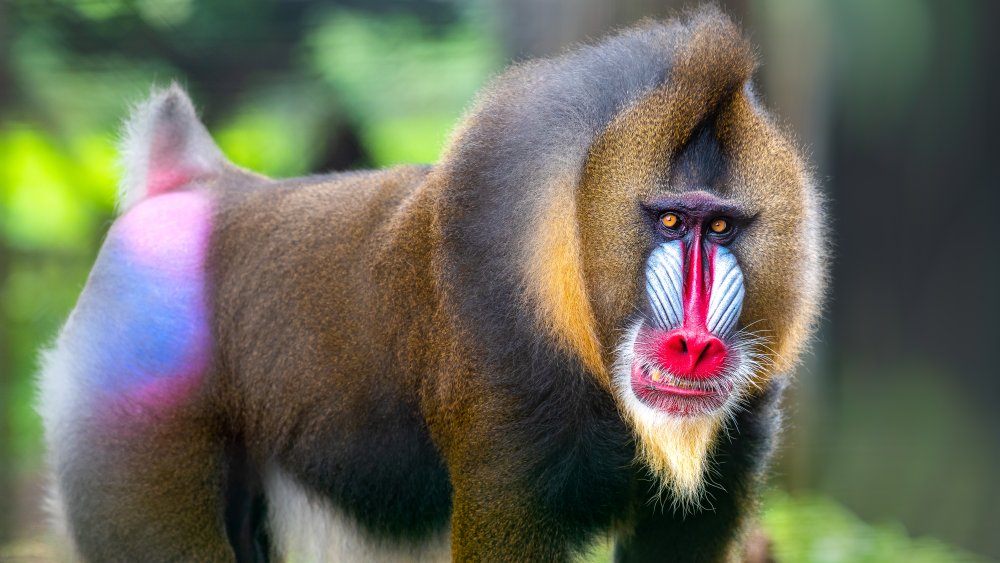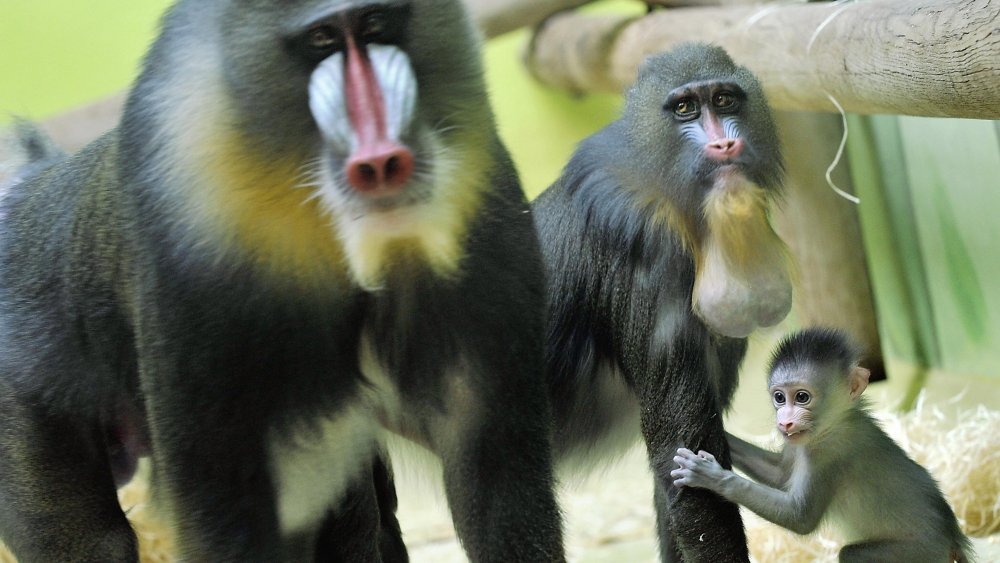The Biggest Monkey In The World
Generally speaking, size matters to primates. A 2019 study published in Animal Behavior found that in a group of mountain gorillas, a larger body size "helps males attain and retain high dominance," and while size wasn't the only thing that mattered, it was possibly "the most important component." Per the Amboseli Baboon Research Project, male baboons "dominate everyone smaller than they are." Size also matters matters to humans. In 2004, the American Psychological Association reported that taller people earn more money, especially in jobs that require social interaction. And Psychology Today notes that voters (at least in the U.S.) generally want their leaders to be tall.
Using size as the prime criterion, if humans had to elect a primate ruler of the universe, the obvious top choice would be King Kong, followed by his interspecies cousin, Donkey Kong. But what if humans were tasked with selecting a monkey king? To determine which potential ruler measures up, you'd first have to know the largest monkey species.
Mandrills are giant poop-sniffers
The largest monkey on Earth is the mandrill. According to the Columbus Zoo, male mandrills grow to about 32 inches (nearly 3 feet) long and weigh 60 to 100 pounds while females reach 22 inches (just under two feet) long and weigh between 35 and 50 pounds. The zoo classifies them as a species of baboon; however, not everyone agrees. The National Wildlife Federation claims that mandrills and baboons aren't genetically related. Rather, they're closer to drills and mangabeys, which might explain why "mandrill" seems like a portmanteau derived from those two monkey names. Otherwise, it should probably be a "manboon" or a "drilloon."
Mandrills look like they spend all day huffing rainbows. Their vividly colored faces are a beauty to behold, and Charles Darwin likened their vibrant colors to "those of the most brilliant birds." Mandrills are also pretty brilliant in a gross way. These highly social primates frequently groom each other, which becomes a problem when parasites enter the mix. Luckily, the monkeys have developed an effective way to detect infections. Smithsonian explains that mandrills sniff each other's poop, and if it smells like parasites, they groom the sick group members less. So in the case of mandrills it's not so much "monkey see, monkey do" as it is "monkey smells monkey doo."

